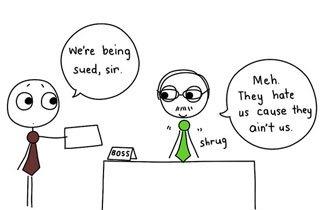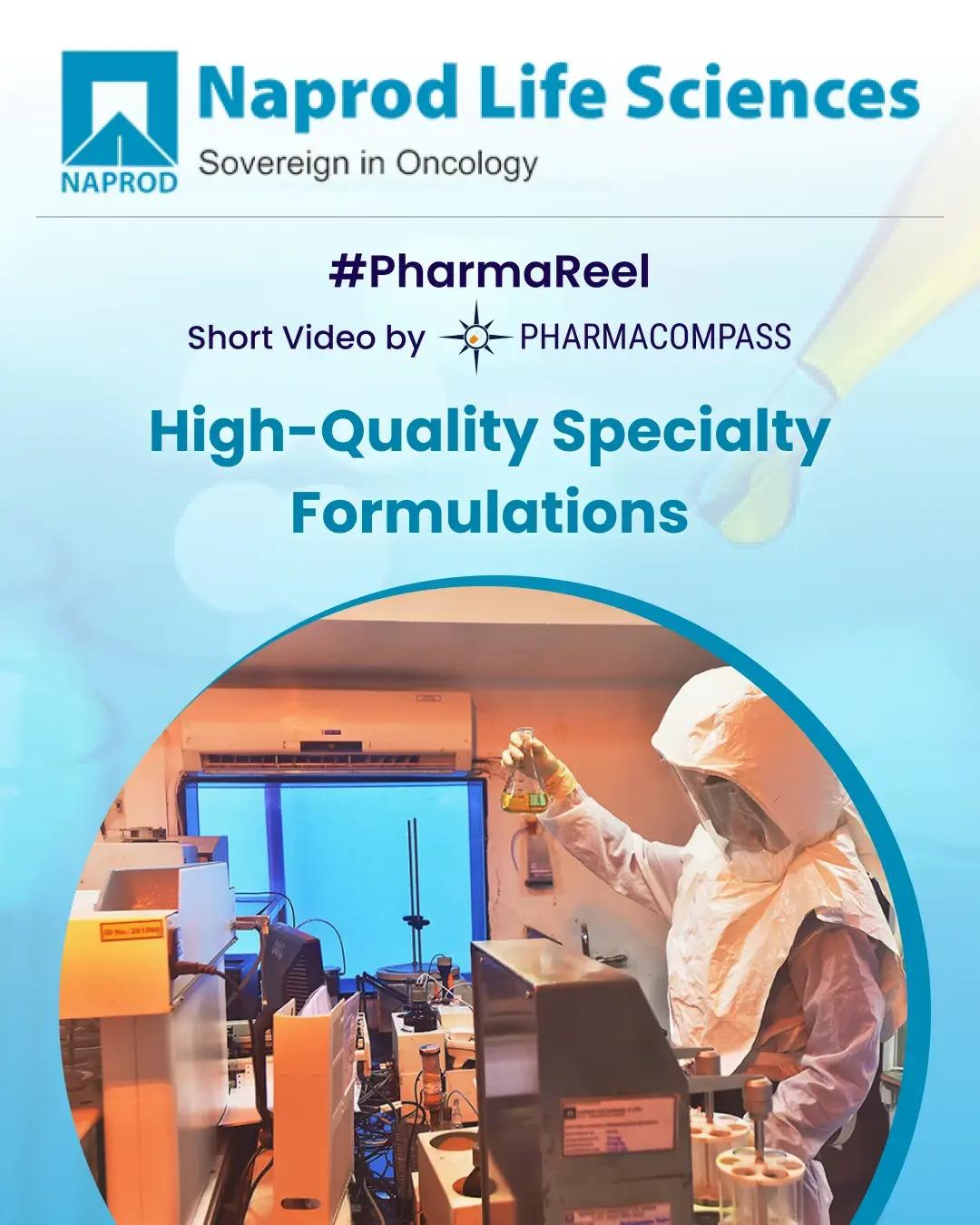
GlaxoSmithKline (GSK) rang in the New Year with yet another whistleblower lawsuit in the US market. The whistleblower – Alexandre Selmani – has accused the drug maker of firing him for pointing out statistical shortcomings in its study data, used to market the effectiveness of GSK’s smoking cessation product.
Selmani, a former GSK biostatistics manager, had worked with the company for almost a decade. He alleges his supervisors repeatedly ignored his efforts to alert them to statistical mistakes made in clinical trials for NiQuitin Strips (called “NiQuintin” in the lawsuit!). The lawsuit was filed in a New Jersey state court.
Selmani claims the company has engaged in an “illegal, deceptive marketing programme” to promote the product “without justification” as a “significant advance” in nicotine treatment. The lawsuit also alleges GSK maintained its product was superior to existing nicotine treatments.
The 2014 study and Selmani’s protests
In 2012, Selmani discovered that there were numerous mistakes made in the ‘Smokers Health Project’ being conducted by Michelle Kotler, Director of Biostatistics and Selmani's direct supervisor.
Selmani began complaining about the data in mid-2012, but met resistance from his seniors. He then sent an email to Glaxo’s COO at the time, now CEO, Andrew Witty. In the email, he warned Witty that the mistakes had “the capacity to cause negative consequences and potential health and safety issues for the general public,” says the lawsuit.
Despite Selmani’s protests, the company submitted the data for publication. The study in question, made public by GSK in April 2014 in Psychopharmacology, concluded that the nicotine film (NiQuitin) could be useful in providing quick craving relief for low-dependence smokers.
The study compared the efficacy of the 2.5 mg nicotine oral soluble film to 2 mg nicotine lozenge for acute relief of smoking cue-provoked craving. According to Selmani, the film and lozenge could not be considered bioequivalent because they didn't have the same dose. In addition, he stated that the statistical criteria used to draw the conclusions of “the study was deficient”.
In his lawsuit, Selmani alleges that his supervisors gave him low performance ratings and reduced raises. They retaliated against him, and ultimately fired him in October 2015. His lawsuit cites the New Jersey Conscientious Employee Protection Act, which addresses retaliation by employers.
GSK firmly behind its study
According to the study, “a randomized, open label, active comparator controlled, parallel group study was conducted with 322 smokers enrolled. After four hours of abstinence from smoking, eligible subjects were exposed to smoking cues as provocation.”
The 322 smokers then took a randomized single dose of either the 2.5 mg nicotine film or the 2 mg nicotine lozenge. Craving assessments were completed at 50 seconds, three, five, seven, 15, 20, 25 and 30 minutes after the drug was administered.
“Both treatments reduced cue-induced craving and had similar maximum effects on craving relief. However, the 2.5 mg nicotine film relieved cue-induced craving to a greater degree than the 2 mg nicotine lozenge at 50 seconds,” the study said.
Meanwhile, a Glaxo spokeswoman told StatNews that the company had not been served and it stands “fully behind Nicoderm as a safe and effective form of smoking cessation which continues to help people to quit smoking. GSK goes to great lengths to promote ethics and compliance in the workplace… We also continually educate our employees about how they can report complaints so they can be appropriately investigated.”
However, what is unclear in the GSK response is that Nicoderm, sold in the United States, is a patch while the NiQuitin brand in Europe has strips, patches, gums and lozenges.
GSK’s previous troubles with whistleblowers
This isn’t the first time GSK has run into trouble with whistleblowers. Back in October 2010, Cheryl Eckard – the whistleblower who exposed serious contamination problems at GSK’s drug manufacturing operations in Puerto Rico – had been awarded US $ 96 million, after she won a lawsuit. At that time, Cheryl Eckard's payment was said to be the biggest ever handed to a US whistleblower. It was awarded after an eight-year fight, post which GSK agreed to pay the US government US $ 750 million to settle civil and criminal charges that it manufactured and sold adulterated drug products. Eckard had lost her job nine month after she made the complaints to the GSK management.
Similarly, in August 2012, four former GSK employees – Greg Thorpe, Blair Hamrick, Thomas Gerahty and Matthew Burke – together made a gain of US $ 250 million after the evidence they provided helped US authorities secure a record settlement with GSK for mispromoting drugs Paxil and Wellbutrin to the US consumers between 1998 and 2003.
The total fine paid by GSK was US $ 3 billion. The payout made to the four ex-employees was in line with a US law that allows whistleblowers to receive a portion of money the government recovers while prosecuting fraud. The four men, who had sales and marketing jobs with GSK in the US, fought the company for 10 years.
Our view
The results of the GSK study are in the public domain. And so are the allegations made by Selmani in his lawsuit. After going through both the documents, we wonder if NiQuitin is a “significant advance” in nicotine treatment, as claimed by GSK.
Given GSK’s previous track record of treating its whistleblowers, we feel this is one territory the drug maker needs to tread carefully.
The PharmaCompass Newsletter – Sign Up, Stay Ahead
Feedback, help us to improve. Click here
Image Credit : Turkish Mayor Sued Over Robot Statue by studio tdes is licensed under CC BY 2.0
“ The article is based on the information available in public and which the author believes to be true. The author is not disseminating any information, which the author believes or knows, is confidential or in conflict with the privacy of any person. The views expressed or information supplied through this article is mere opinion and observation of the author. The author does not intend to defame, insult or, cause loss or damage to anyone, in any manner, through this article.”






